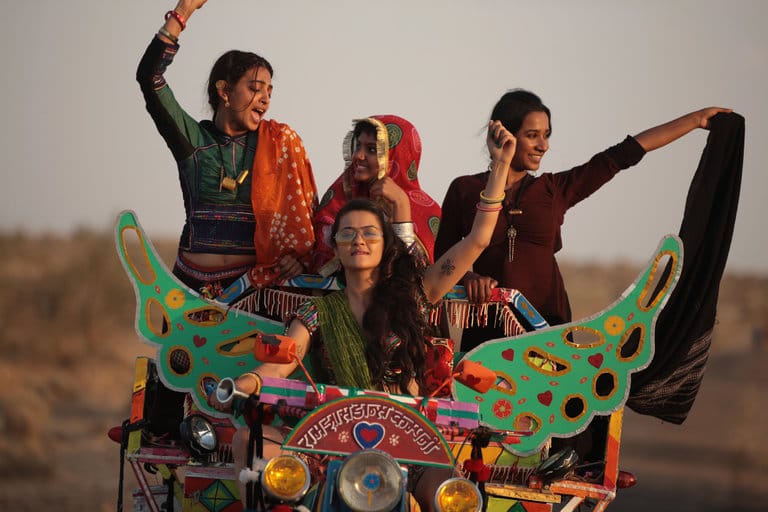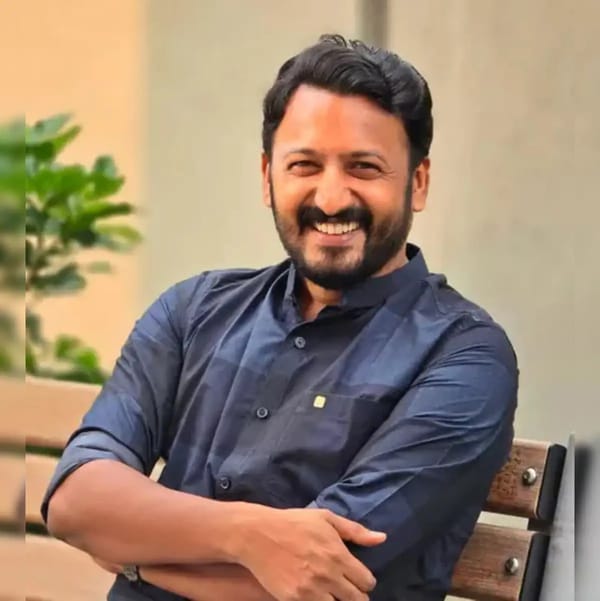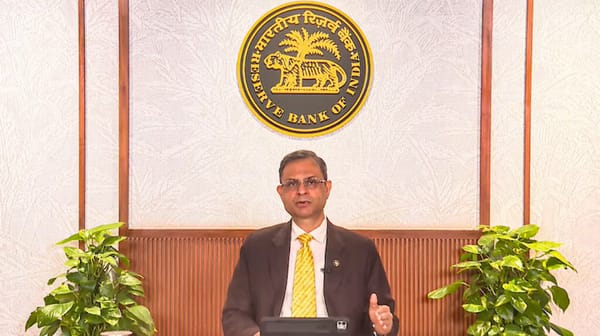Movie review: Parched

The echoes from the movies ‘Pink’ and ‘Mom’ have not died down, when ‘Parched’ directed by Leena Yadav was screened as part of the SGSAIFF 2017 at Golden Village, Great World City, Singapore.
In this story set in Rajasthan/ Gujarat all three female protagonists in the movie are shown as economically independent though emotionally tied down. It amazes me that women who have themselves been there and suffered that, still don’t hesitate to put others of their gender through that same horrendous experience without any qualms!
Rani (Tannishta Chaterjee) has no compunction in trading 3 lakh rupees to procure a good looking 15-year old, underaged bride for her superficial, spoilt 18-year old son; despite the fact, that she constantly ruminates on how she was tied into an unhappy short-lived marriage at that young age. She redeems herself in the end by sending her daughter in law Janaki (Lehar Khan) off with her high- school sweetheart. As an actor she was so comfortable in her reel-life skin that I was hard pressed to accept her as a modern day woman in real life when I read more about her after the movie!
Radhika Apte as Lajjo, is the punching bag for all her husbands’ inadequacies. It was surprising that her drunken lout of a husband was aware of his inability to father a child. Are we to believe that in that patriarchal, brutally male-dominated society, a man actually doubted himself to the extent that he got himself medically tested? A tad unpalatable that! Radhika Apte is shown as brave and uninhibited with everyone, but just the opposite when with her violent husband. The contrast made the character unconvincing for me. But based on studies on domestic violence this is often the case with abused women.
Surveen Chawla as Bijli the dancer has everything in the eyes of other villagers. But all that is nothing to her without self-worth and unconditional love. Such dancing girls and their unhappy lives are not far from the truth based on some interviews and stories online.
That her friendship with Lajjo and Rani is not frowned upon by the typically conservative villagers is another unrealistic aspect of the film.
Chandan Anand as Rajesh, is the one positive male in the film, who is tirelessly trying to eke out better and economically stronger human beings out of the village-folk. He is feted for his good work. Then again there are those that would annihilate any goodness, even if its suicidal, to be accepted by their cliques. It’s a point to note that this one good guy is the one beaten up, almost to death, whilst the effigy of Raavan is being burnt on Dassera to celebrate the victory of good over evil. The irony is stark.
A lot of violence, flawless cinematography that brings you into the huts and lives of these characters, great acting and the passion that has gone into the making of the film, makes it a brave and provocative movie. If the audience in India was mature enough to accept such films, such villages and villagers would be truly fictitious and not a fact as is widespread today.




